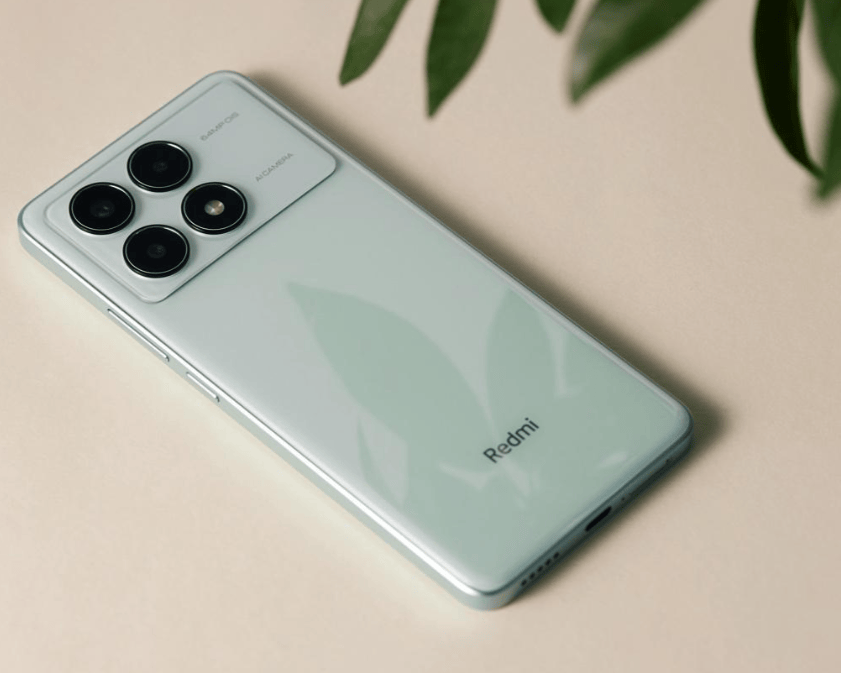Which is Better: Redmi K70e or Redmi Turbo 3? Decipher from the Specs Analysis

Redmi K70e: Configuration and Advantages
The Redmi K70e boasts the following key configurations: it runs on the Dimensity 8300 processor, equipped with LPDDR5X+UFS4.0 storage, features a 5000mm² stainless steel VC heat dissipation system, houses a 5500mAh battery with 90W fast charging support. The front camera is a 16-megapixel lens, and the rear camera is a 64-megapixel optical stabilization lens along with an 8-megapixel ultra-wide-angle lens and a 2-megapixel macro lens.
The phone sports a 6.67-inch flat screen with a slim 2.27mm bottom bezel, offering a 1.5k resolution, 120Hz refresh rate, 2160Hz instant touch sampling rate, 1800 nits peak brightness, and 1920Hz high-frequency PWM dimming.
In terms of performance and endurance, the Redmi K70e excels with a performance score of over 1.52 million, stable and smooth operations, and reliable gaming capabilities. It also offers swift charging in just over thirty minutes, lasting up to 1.55 days on a single charge. The screen quality is comprehensive, providing clear and smooth visuals with rapid touch responses. The rear camera’s sensor is the OV64B, delivering standard imaging performance.
The overall design of the phone exhibits improved tactile experience over its predecessor, featuring a glass back with a sleek dimension of 198g weight and 8.05mm thickness, ensuring a comfortable and elegant design.

Redmi Turbo 3: Configuration and Advantages
The Redmi Turbo 3 is equipped with the Snapdragon 8s Gen 3 processor, paired with LPDDR5X+UFS4.0 storage, 4800mm² circulating pump, a 5000mAh battery with 90W fast charging support. It features a 20-megapixel front camera, a 50-megapixel rear camera with optical stabilization, and an 8-megapixel ultra-wide-angle lens.
Similar to the Redmi K70e, it features a 6.67-inch flat screen with a slender bottom bezel, offering a 1.5k resolution, 120Hz refresh rate, 2160Hz instant touch sampling rate, 1240 nits peak brightness, and 1920Hz high-frequency PWM dimming. It also supports wet hand touch control and blue light eye protection.
In terms of performance, the Redmi Turbo 3 shines with a benchmark score of 1.76 million, providing flagship-level performance, exceptional heat dissipation, and optimization for a seamless user experience. It excels in overall performance, particularly in screen clarity, brightness, eye protection, and swift charging, lasting long on a single charge. The rear camera boasts a strong 600 sensor from Sony, capturing true-to-life colors.
With a slim and lightweight design, weighing only 179g and 7.8mm thick, the phone retains the fresh and stylish cyclone turbine design, portraying decent aesthetics.

Differences and Buying Advice
Considering the overall configuration and design, both phones exhibit significant differences. The Redmi K70e offers a larger battery, better endurance, and a glass back, providing a stronger tactile experience. On the other hand, the Redmi Turbo 3 is sleeker, offers superior performance, exceptional screen quality, and an outstanding rear camera.
Overall, the Redmi Turbo 3 presents a stronger performance and is a more compelling choice, especially considering its price range of around 2000 yuan. If you seek an exceptional configuration, the Redmi Turbo 3 is the way to go. However, the Redmi K70e comes at a lower price, around 200 yuan less for the same memory version, and provides excellent endurance. Opting for the Redmi K70e on a lower budget is also a good choice, as it offers excellent value for money that can last for years to come.